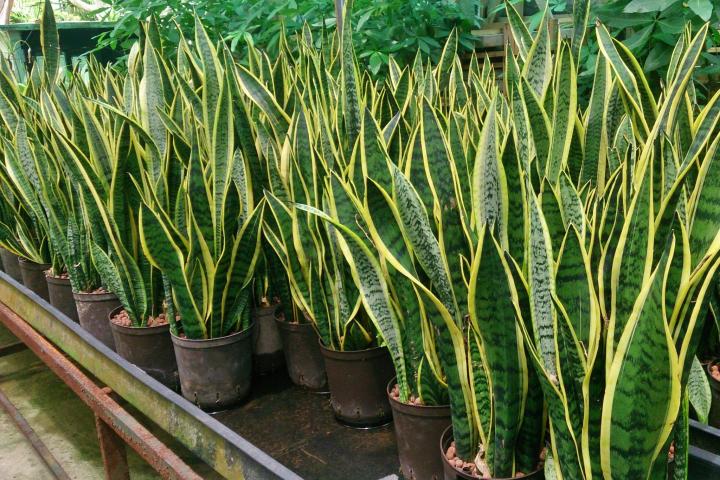
How to Care for Snake Plants
ADVERTISEMENT
It will help the beginers to understand more easily as a result of this guide.But i have an issue with planting a German seeds , i plants more than 5 times the seeds will spoiled instead of germination .pls i need your guide.
I recently shifted to my new house I was adjusting my plants from one place to other but somehow my snake plant start getting dull, then I found out I was messing its diurnal cycle. I also own many Calathea and they have the same issue but I was aware of Snake plant. You haven't shared any reason or scientific value why it happens please add it when you get time. Be a part of green revolution and do your best.
I was given my first snake plant in a dish of tiny houseplants when my daughter was born. It survived but never grew no matter what I did and then one day the dish broke, I put it in it's own pot and you could almost hear the huge sigh of relief and "Thank you!" It grew huge, and i still have the great-grandchildren of that original plant. I've given away many shoots to friends and colleagues. I water mine weekly and it does fine. It blooms in the summer heat and sends up stalks of tiny whiteish flowers which smell (yo me at least!) like crayons. I love this plant best out of all I have.
Mine has been growing outside my North-Central Florida home for years. In a pot under filtered light for years. It bloomed last year (2021) and I've maybe watered it 2 or 3 times over the year but it gets some misting from the rains. This plant originally came from the inside front windows of my Grandma's bar in Michigan! It was easily 3 to 3 1/2 feet tall. The "stories" it could tell!
Snake plants are one of the easiest to grow in zone 7b...put it outdoors (in a pot) on the north side during the summer when the weather stays above 60 degrees. Place in a wide, sturdy clay pot cause it will get huge and top heavy. Water until you see it come out the bottom then don't water until it is bone dry. Ignore it most of the time. I have never fertilized. Re-pot when the plant has no more room to grow or when you see the plantlings start to hang off the sides. Bring it in when the temp gets around 50 and place in a corner of a room. Don't water too much in winter cause the roots will rot. It will continue to grow where ever you put it, regardless of sunlight. I have a 20 year old plant that I have had to re-pot and give lots of plantlings away several times in the last two years. Right now I have plantlings from the summer that grew about 3 feet high during this winter. They are one of the least problematic plants as pets, kids and pests don't bother them, they can handle being knocked over, abused, and ignored most of the time.










Comments